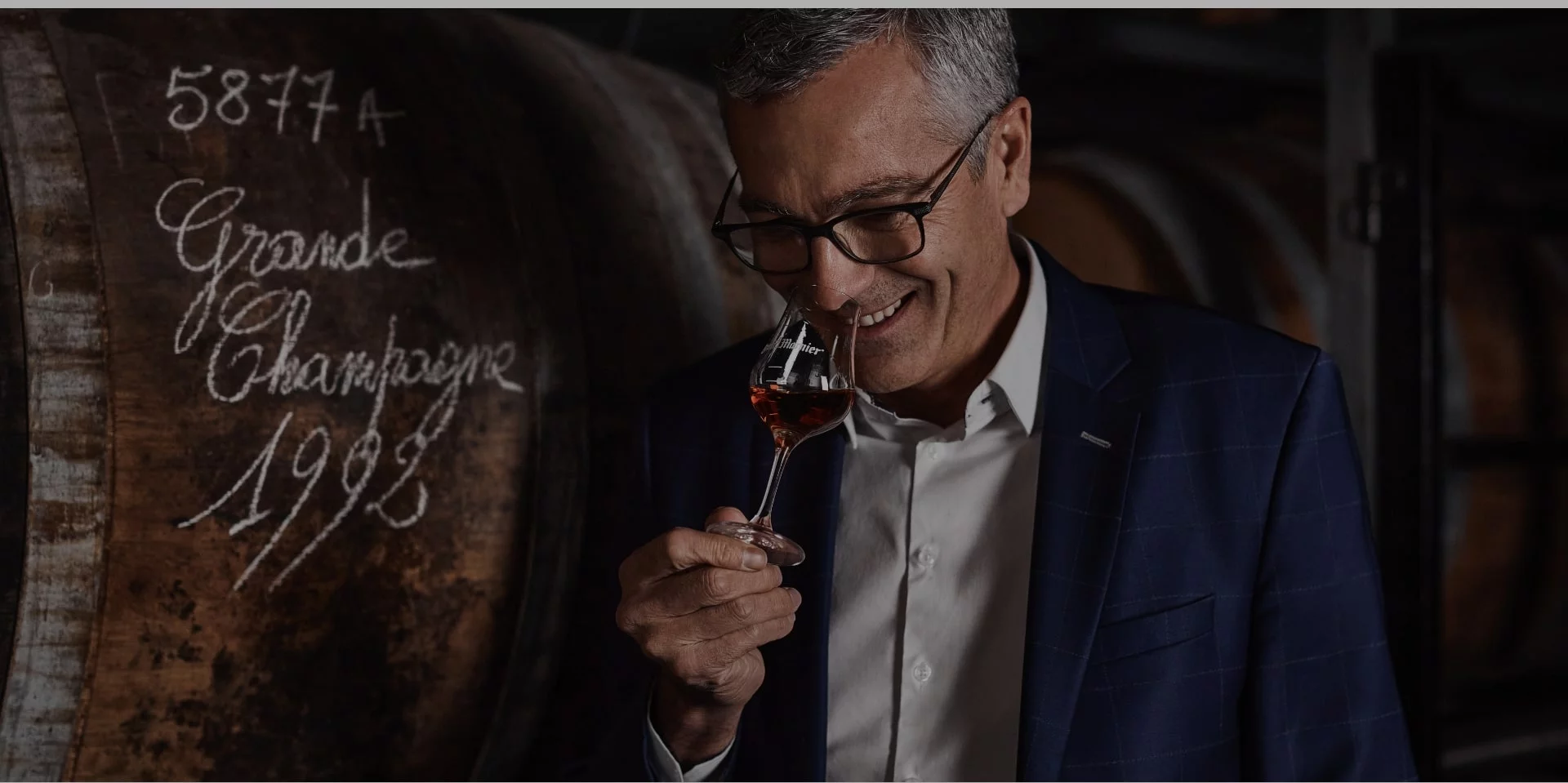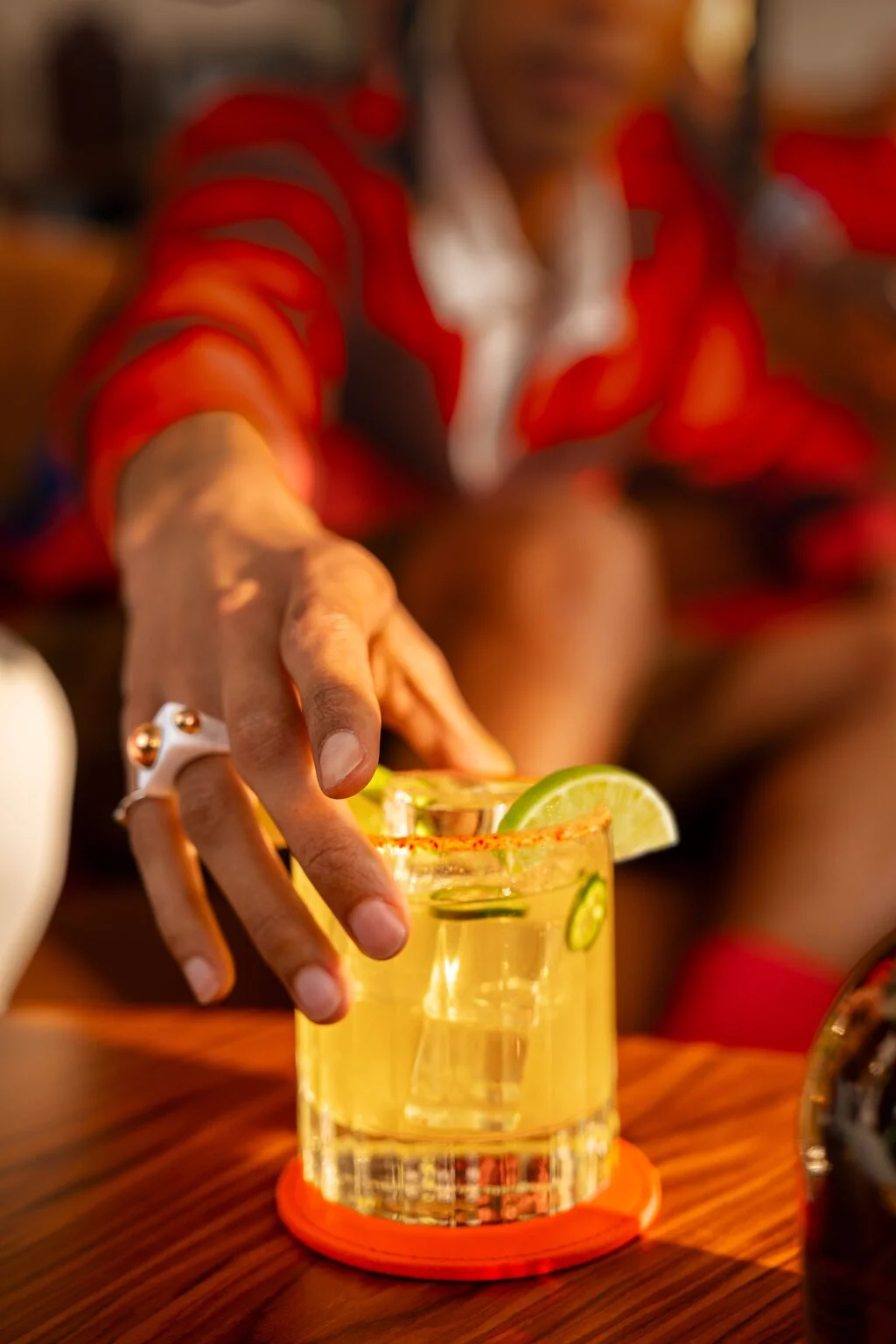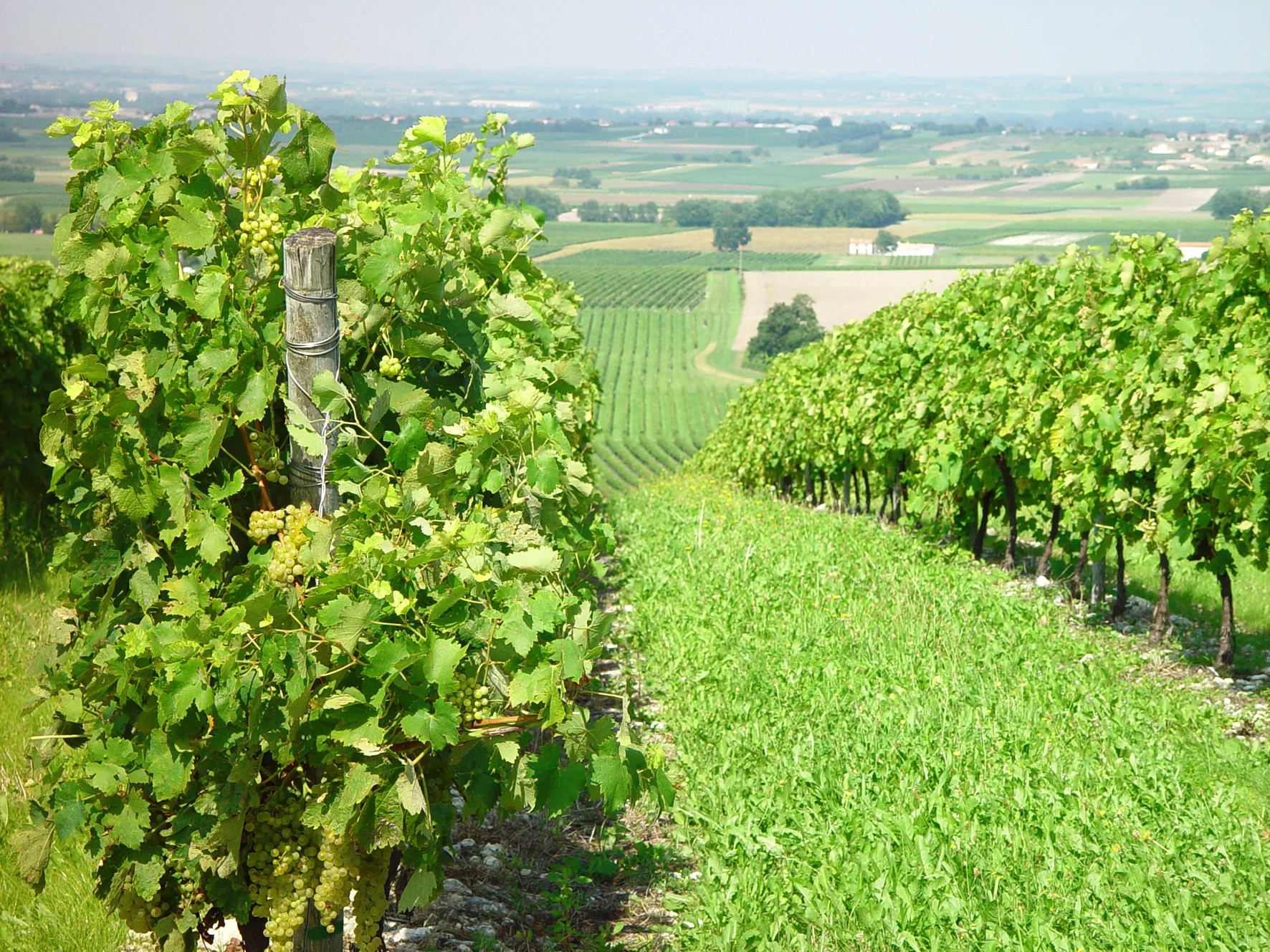
How is Cognac made and from what?
Cognac, a luxurious and sophisticated spirit, is often associated with refinement and exquisite taste. Renowned as the quality peak of the brandy family, it originates from the Cognac region in France (divided in sub-areas such as Grande Champagne, Petite Champagne, Borderies, Fins Bois, Bons Bois and Bois Ordinaires), and keeps a unique production process that adheres to strict regulations to maintain its quality and distinct character.
Deep dive into the Cognac production process
The journey of Cognac begins with specific grape varieties, predominantly Ugni Blanc (Folle Blanche, Montils, Folignan and Colombard are all allowed too), known for their high acidity and low alcohol content, making them ideal for distillation. The production process can be divided into several key stages:
- Fermentation: The harvested grapes are pressed to extract juice, which undergoes fermentation for about 5 to 7 days. This results in a white wine with a relatively low alcohol content of around 7-9%.
- Distillation: The fermented wine is then distilled twice in traditional copper pot stills, known as Charentais alambics, from the Charente region they originate from. The first distillation produces a cloudy liquid called “brouillis” with an alcohol content of 28-32%. The second distillation, known as “la bonne chauffe,” refines the spirit, capturing only the heart of the distillate, which is clear and has an alcohol content of around 70%.
- Aging: The distilled spirit, now called “eau-de-vie,” is aged in French oak barrels for a minimum of two years. The oak barrels, mainly from the Limousin or Tronçais forests, play a crucial role in developing Cognac’s flavor and character, as the spirit undergoes a complex interaction with the wood, absorbing tannins, lignin, and vanillin, which contribute to its rich taste and aroma. The aging process also allows for the gradual evaporation of alcohol, known as the “angel’s share.”
- Blending: After aging, the master blender, or “maître assembleur” skillfully combines eaux-de-vie of different ages and crus to create a balanced and harmonious cognac. This blending process is essential in maintaining the consistency and quality of the final product.
The Role of Each Ingredient in Flavor Profile
The flavor profile of Cognac is a symphony of elements, each contributing distinct characteristics:
- Grapes: The choice of grape variety is fundamental. Ugni Blanc grapes (which account for 90% of the grape harvests in the region) provide high acidity and a neutral profile, allowing the distillation and aging processes to shine.
- Yeast: During fermentation, yeast converts the sugars contained in the grape juice into alcohol and carbon dioxide, influencing the development of primary aromas and flavors.
- Oak Barrels: The type of oak and the toasting level of the barrels impact the flavor. Limousin oak, with its wide grain, imparts robust tannins and woody notes, while Tronçais oak, with its finer grain, contributes subtle and delicate flavors.
- Time: Aging allows for the gradual development of complex flavors and aromas. Younger cognacs tend to have vibrant, fruity notes, while older ones exhibit rich, mellow, and intricate characteristics.
How Cognac enhances Grand Marnier
Cognac elevates Grand Marnier’s essence by combining with the rich notes of bitter oranges. This fusion creates a unique and sophisticated flavor profile: the oranges are hand-picked, and the peels are dried to concentrate the essential oils. The dried peels are then macerated in neutral alcohol to extract the flavors before being distilled. This orange essence is combined with carefully selected cognacs, and the mixture is aged in oak barrels to marry the flavors.
The addition of orange liqueur to Cognac results in a complex and harmonious blend. The zesty citrus notes complement the rich, warm characteristics of the cognac, creating a balanced and versatile liqueur. Grand Marnier can be enjoyed neat, on the rocks, or as a key ingredient in various cocktails like the Grand Margarita, adding depth and sophistication to any drink or dish.
 Belgium
Belgium 



